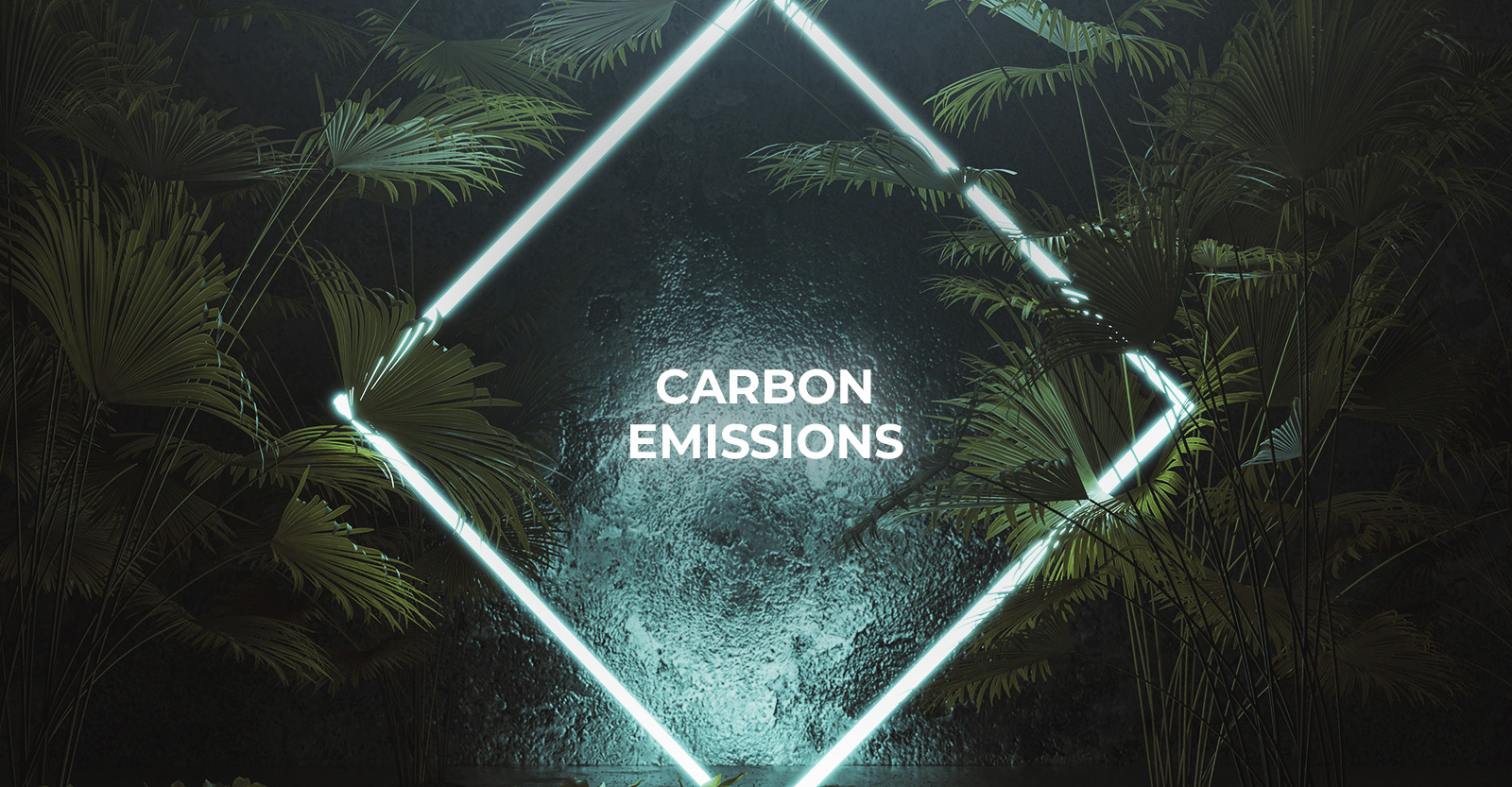
Science-based Single.Earth’s Journey: Science is Ever-Evolving


Single.Earth is building a nature-backed economy to solve one of the most critical challenges humankind currently faces: the destruction of natural ecosystems that support life.
We’re combining ecological sciences, big data analysis, artificial intelligence, and geospatial engineering to integrate the protection and restoration of nature into the modern economy. The true wealth is in the biodiverse nature.
As we’re reimagining the way nature is valued, we’re excited to take users and supporters on this journey with us. There’s an opportunity to meet different teams of Single.Earth in the monthly AMA and ask them questions.
Science AMA with Single.Earth’s science and research team
To answer users’ questions on the science and research team’s work, a Science AMA was held on 12.04.2022 on Discord.
Single.Earth is and always will be science-based. The aim is to continuously improve our science side that covers anything from figuring out how to measure biodiversity and how to best monitor forests.
At the time of reading this article, Single.Earth’s answer to these questions may be slightly different. Science is ever evolving.
All questions were asked by users. Here’s the recap of the answers.
What's your focus geographically?
We want to cover the whole planet, but we start step by step. Up to now, we have the availability to track forests that have been established for more than 20 years, worldwide. We will be able to track more land types and have different methodologies integrated in the future.
What control mechanisms apart from remote sensing will be used to monitor assets?
Single.Earth’s digital twin doesn't only include remote sensing, but also big data such as ground based human observations, along with ecosystem services parameters. This digital twin is designed for complete transparency and reproducibility.
The science team is currently designing 2 different networks. The first one is dedicated to assessing the environmental data and bridging it to the digital twin, and the second is an expert based network of people that will double verify the biodiversity and ecosystem services data.
All the data provided to the digital twin will be done so through the blockchain.
The code behind the MERIT token will be available open source. Not only for transparency, but to urge contribution and improvements.
The datasets and processing mechanisms used by Single.Earth are peer reviewed and widely accepted in the scientific community. All computation relies on state of the art methodology that will be completely transparent and open to improvements.
How do you assess carbon?
Single.Earth assesses carbon with fluxes, meaning carbon which is actively removed from the atmosphere. We still haven't considered biomass or stock movements. We use maps that are transparent and available to everyone, which were built from many environmental data sources and measure carbon fluxes.
What biodiversity metrics are you using?
Single.Earth measures biodiversity through many big data sources including canopy height, leaf surfaces, and much more. Then we compute and calibrate the variables through various reference points. As biodiversity metrics, we consider species diversity, functional diversity and ecosystem integrity (naturalness).
How does biodiversity contribute to the MERIT tokens acquired by landowners?
We are still figuring out how to combine and reduce all the data down to a single MERIT per point.
Will reforestation of my forest grant me more MERIT tokens?
No, Single.Earth does not encourage reforestation as lifespan, variation of carbon flux, water respiration, soil, biodiversity hosting, resource providing for locals and overall quality of the ecosystem will decline if you cut a well established forest. Old forests will provide more MERITS based on these factors.
What do you have against carbon credits? It's an established market.
Single.Earth started with the passion to save nature, never to sell carbon. While looking for a way to encourage landowners to keep their forests alive and contributing to nature preservation, we found carbon metrics and soon realized that the carbon crediting principles can incentivize things that they want to avoid, like intensive reforestation. Nature is doing its best to reproduce and sustain. What we need to do is change and limit greenhouse gasses instead of trying to grow more and more of nature while keeping up the emissions. What we want to do is pay landowners and allow nature to do its thing.
What has been the biggest plan crusher for Single.Earth? What obstacles have been the most difficult to pass?
It has been quite a journey. Establishing the methodology around carbon offsets and ecosystem services has taken Single.Earth a lot of time and effort. Many mainstream ways that trade carbon made no sense and wouldn't provide landowners enough credits for their land, so we had to innovate, while focusing on nature preservation instead of profit.
〜
Single.Earth is on a mission to help preserve and restore existing ecosystems.
Pre-register as a landowner through the registration link.
Follow us for the latest news on Instagram, Facebook, LinkedIn, and Twitter.
Join the community for Single.Earth insights and climate conversations: Earthsavers on Discord.





